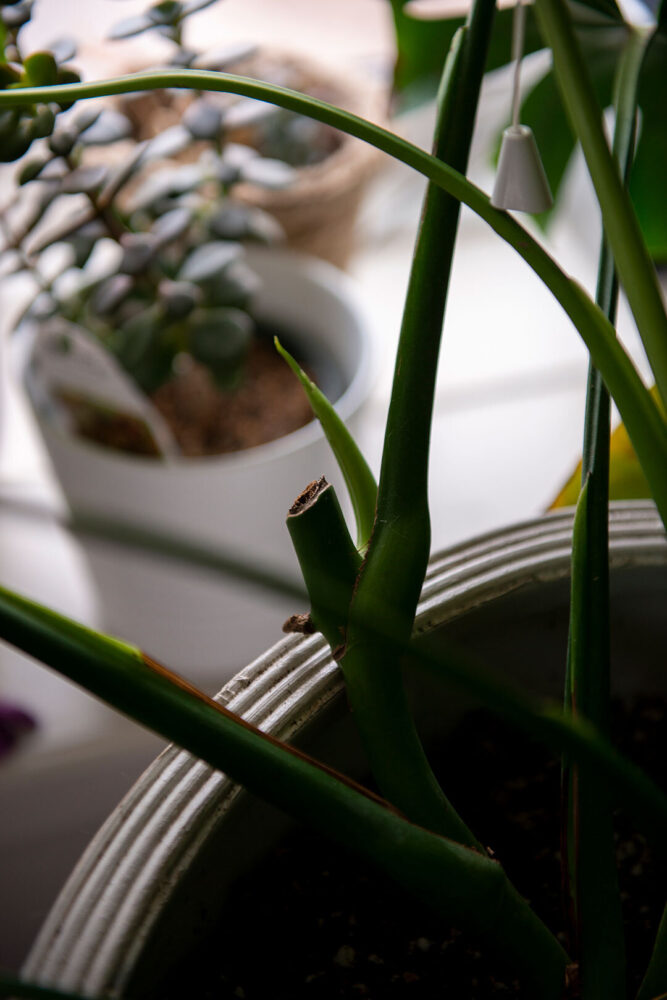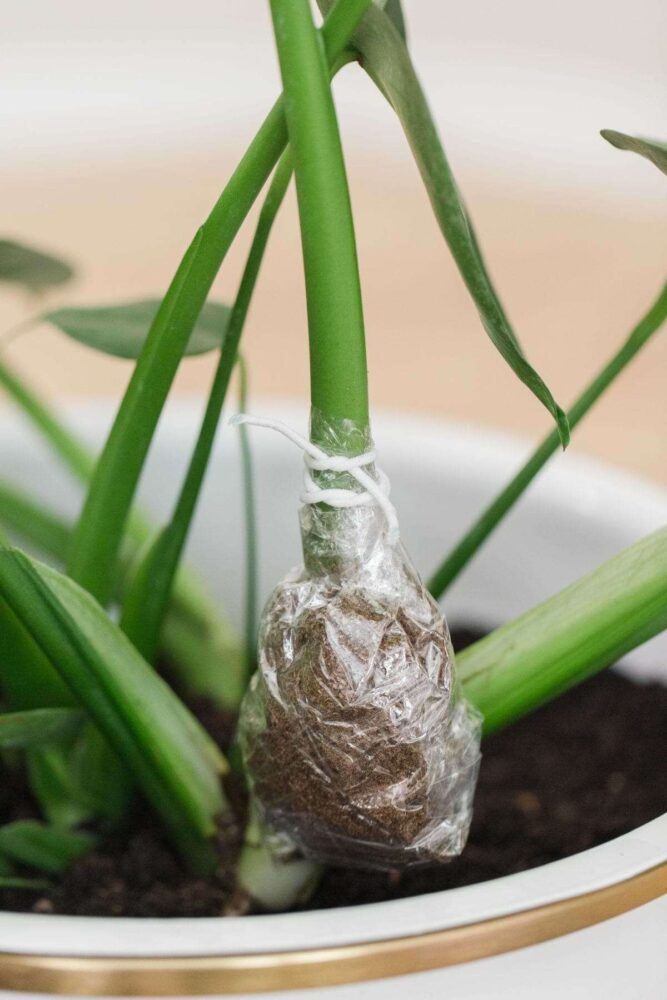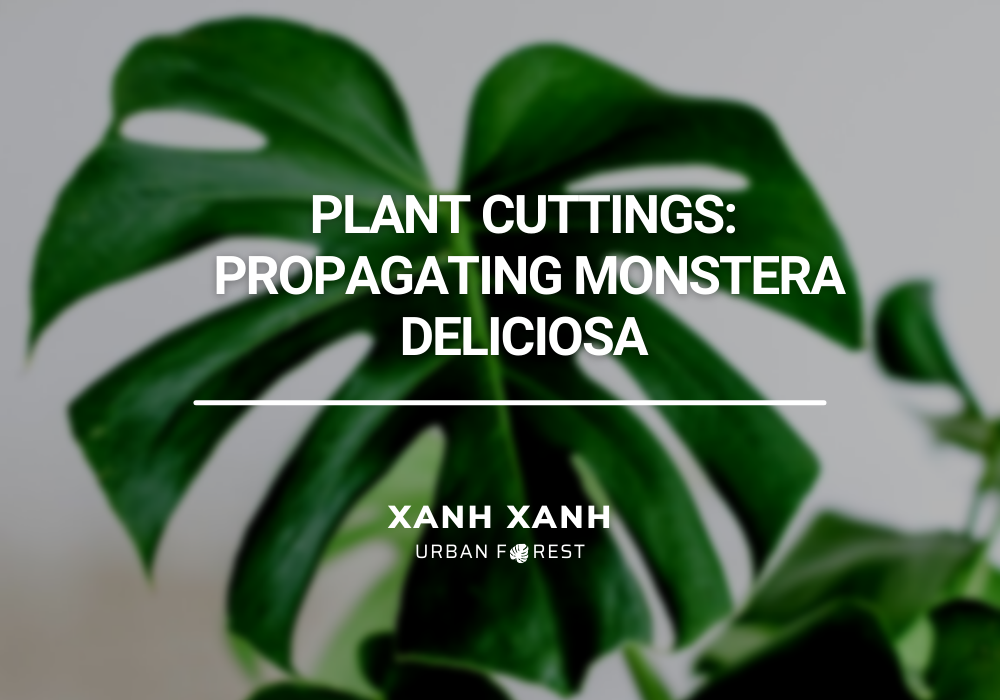Propagating Monstera is a topic of great interest to everyone. Everything you need to know about propagating Monstera Deliciosa is right here.
Monstera deliciosa plants are attractive and fashionable. Even the most suburban of living rooms may be transformed into a lush tropical oasis. While the monstera, commonly known as the Swiss cheese plant, is a basic plant these days, it is also timeless. Pruning Monstera really fosters growth because it is such a healthy plant! And who doesn’t want to be surrounded by little Monsteras?
When to propagate your Monstera
Monstera deliciosa cuttings should be propagated during its active growing season. Because this plant is native to the rainforest, it will thrive in the summer heat and humidity.
In order for your plants to continue to grow in the winter, you may need to provide additional illumination. In the worst-case scenario, your cutting will take longer to grow during the winter.
How long does it take to propagate a Monstera Deliciosa?
The length of time it takes to propagate a Monstera is determined on the cutting’s health and the method used to propagate it. It normally takes a few months.
The first new leaf to bloom is gone:
1.5 months for a top cutting with aerial root.
3 months from mid-cut to aerial root.
Cutting nodes with aerial roots takes 4 months.

Monstera Deliciosa: How to Grow It From a Cutting
Propagating in Water
The simplest way of propagating your Monstera Deliciosa is with water! Fill a glass or jar halfway with water, drop in the cutting, and change the water every few days. To limit the risk of stem rot, keep just the aerial roots in the water and the stem suspended above it. To improve water oxygen levels, a fish tank air stone can be used.

For healthy, low-risk cuts, I utilize this procedure.
Propagating in Soil
Many commercial nurseries that need to quickly create new plants simply plant their cuttings directly into the ground. This method can work, especially if the cutting is fresh and healthy, but it has the most drawbacks of all the methods.
This strategy is used for air stacking with plants that grow horizontally rather than ascending.
Air Layering
Growing your plant’s airborne roots into soil roots before cutting it is known as air layering. It can be accomplished by wrapping aerial roots in moss, directing aerial roots into moss on a pole, or planting aerial roots in a separate container containing soil or water.
Because your cutting can produce roots while still attached to the parent plant, air layering is the ideal technique of propagation. This eliminates the unrooted stage of propagation, ensuring that your cutting has the best chance of succeeding.
However, it doesn’t work on top cuttings that haven’t yet developed aerial roots. Existing rootless cuttings or restoring a whole rootless plant will not work. While in progress, it makes your mother plant look stupid.
Steps to Air Layer
Step 1: Assemble the hardware — you’ll need sphagnum moss, plastic wrap, and twisty ties (do not use dyed moss; it will get all over your hands when wet and stain everything for days).
Step 2: Cut an incision in the monstera stem, including the node (or nub), which will serve as your aerial root. Above all of this, the incision should be made.
Step 3: Wrap the node, any roots, and the incision with moistened sphagnum moss on the plant.
Step 4: Secure the package with twisty ties wrapped in plastic wrap. This won’t be wrapped indefinitely, and roots should begin to emerge from the node in a few months. You’ll need to unwrap the root packet every few days to remoisten the moss.

Large roots have begun to sprout on the plant in the moss packet after a few months. Remove the stem from where the incision was previously made and pot away!
The methods listed above are ones we believe will assist you in propagating Monstera Deliciosa. To be able to apply it correctly, you should select the most appropriate choice. If we can see the work pay off, it will be fantastic.

